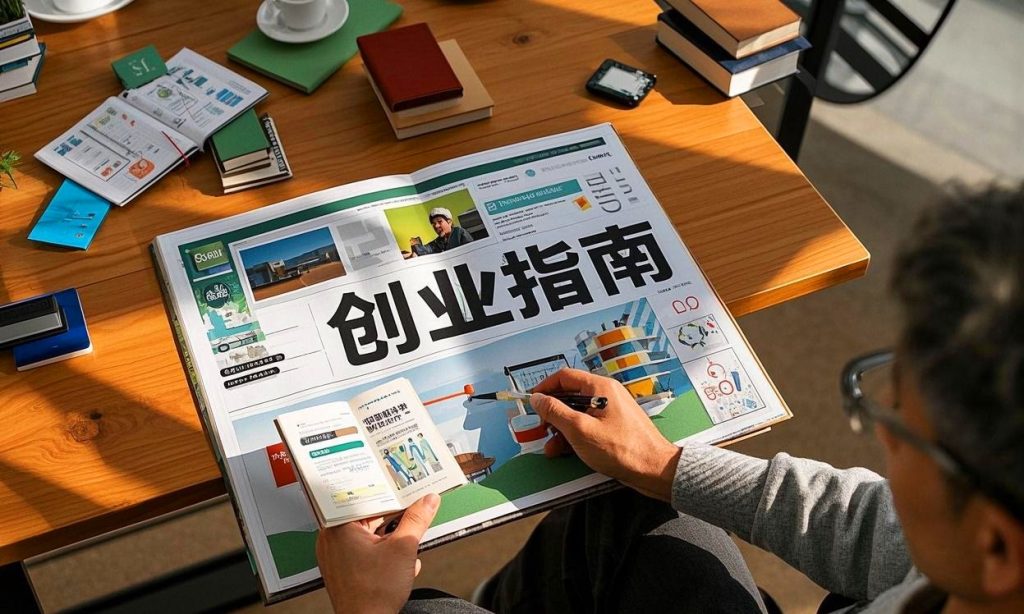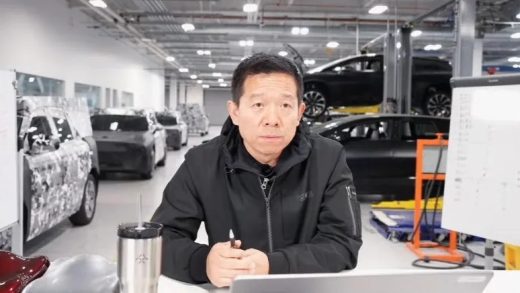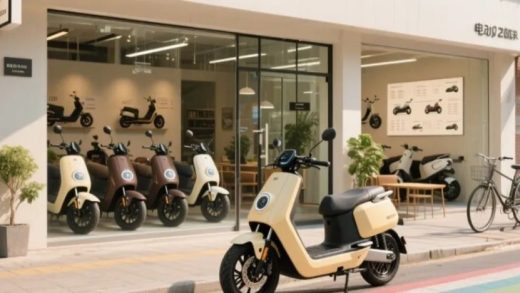
From the Second – Generation in “Dirty Trades” to CEO: How to Create Brand Premium in “Dirty Businesses”?
Problem Analysis: Why Can “Dirty Businesses” Create Brand Premium?
In traditional concepts, certain industries are regarded as low – end businesses due to their “dirty, messy, and poor” labels, such as garbage collection, waste disposal, and sewer dredging. These industries are often considered the exclusive domain of the second – generation in these “dirty trades” and are hard to be associated with “brand premium”. However, with the upgrading of consumption and the enhancement of environmental awareness, these “dirty businesses” have actually迎来了 new opportunities.
The core of the problem is: How to break the industry’s stereotype and achieve premium through brand – building operations?
- Industry pain points: Traditional “dirty businesses” lack standardization, transparency, and trust, which makes users have doubts about service quality and prices.
- Market demand: Consumers are willing to pay a premium for efficient, transparent, and environmentally – friendly services. Especially, the younger generation pays more attention to experiences and values.
- Brand – building potential: By reshaping the industry image, improving service standards, and creating differentiated values, it is entirely possible to achieve brand premium.
Solution: How to Brand “Dirty Businesses”?
1. Redefine the industry image
Brand – building in “dirty businesses” should start with the image to break the stereotype. The following methods can be used:
– Brand naming: Avoid using traditional industry terms and choose a more modern and amiable name. For example, garbage collection can be called “Green Recycling Butler”.
– Visual design: Unified brand logos, uniforms, and tool packaging can enhance professionalism and trust.
– Brand story: Tell the original intention of the founder or the team, emphasizing values such as environmental protection and social responsibility.
2. Standardization and transparency
“Dirty businesses” often lack standardized processes, resulting in uneven service quality. The key to brand – building is to establish replicable standards:
– Service process: Develop a detailed operation manual to ensure that each link has clear standards.
– Price transparency: Make the pricing public and avoid the traditional practice of “charging different prices for different customers”.
– Digital tools: Use APPs or mini – programs to realize service reservation, progress tracking, and evaluation feedback, thereby enhancing the user experience.
3. Differentiated value
The core of brand premium is to provide differentiated value, which can be achieved from the following aspects:
– Environmental value: Emphasize the environmental protection attributes of the service, such as the carbon emission reduction data of waste sorting and recycling.
– Convenience: Provide door – to – door services and 24 – hour response to solve users’ pain points.
– Value – added services: For example, offer points for waste recycling that can be exchanged for gifts to enhance user stickiness.
4. Marketing and communication
Brand – building in “dirty businesses” needs to break the traditional marketing model:
– Content marketing: Use short videos and graphic content to show the stories and technologies behind the services, such as “How to Scientifically Dispose of Kitchen Waste”.
– Community operation: Establish user communities and regularly share environmental protection knowledge or hold offline activities.
– Cross – border cooperation: Cooperate with environmental protection organizations, communities, and enterprises to expand brand influence.
Case Study: The “White – Collar Waste Collection” Brand in Japan
In Japan, there is a company called “White Goat” that has completely branded the traditional waste collection industry and achieved high premium. The following are the key points of its success:
Image reshaping:
- Employees wear neat white uniforms and drive clean recycling vehicles, completely subverting the dirty and messy image of traditional waste collection.
- The brand name and visual design are full of modernity, attracting young users.
Service standardization:
- Provide reservation – based door – to – door services. Users can choose the recycling time and categories through the APP.
- The price is transparent, and the fees are automatically calculated according to the type and weight of the waste.
Environmental value:
- Emphasize the environmental protection significance of waste collection. Each transaction shows users the carbon emission reduction data.
- Cooperate with environmental protection organizations and regularly publish sustainable development reports.
User stickiness:
- Launch a points – exchange system. Users can exchange points for daily necessities or donate them to environmental protection projects.
- Through community operation, cultivate users’ environmental protection habits and brand loyalty.
Through the above strategies, “White – Collar Waste Collection” has not only achieved brand premium but also become a benchmark enterprise in the Japanese waste collection industry.
Conclusion
Brand – building in “dirty businesses” is not an impossible dream. The key lies in breaking the industry’s stereotype and achieving premium through standardization, transparency, and differentiated value. Whether it is garbage collection, sewer dredging, or other traditional low – end industries, as long as they can solve users’ pain points and convey brand values, there is a chance to transform from the second – generation in “dirty trades” to “CEO”.
For entrepreneurs, this is a track full of potential: the market demand is clear, the competition is not yet saturated, and there is a huge space for brand – building. The key is whether you are willing to redefine the industry with innovative thinking and change the world with the power of the brand.
从掏二代到CEO:如何把”脏生意”做出品牌溢价?|创始人Q&A
- Startup Commentary”Building LLMs: The Knowledge Graph Foundation Every AI Project Needs”
- Startup Commentary”The 17th Year of Tmall Double 11 and the New Map Rewritten by AI”
- Startup Commentary”How to Prepare Your Data for Artificial Intelligence”
- Startup Commentary”Small and Medium-sized Banks: “Cutting the Tail” in Loan Assistance”
- Startup Commentary”The Six AI Giants on Stage: AGI Is No Longer a “Future” Thing”





